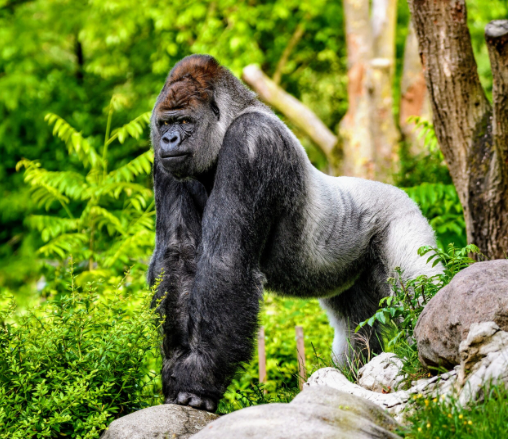The Role of Gorillas in Seed Dispersal and Forest Growth
Gorillas are not just iconic animals in the forests of Africa; they play a crucial role in maintaining the health of their ecosystems. As large herbivores, these magnificent creatures contribute significantly to seed dispersal, ultimately affecting forest growth and biodiversity. Understanding their role can help us appreciate the interconnectedness of wildlife and plant life.
The Importance of Seed Dispersal
Gorillas help ensure the survival of various tree species through seed dispersal. When they consume fruits, these seeds often pass through their digestive systems unharmed, eventually being deposited in new locations through their droppings. This method of seed dispersal can lead to the growth of new plants far from the parent tree, promoting genetic diversity. A single gorilla can consume a large quantity of fruits each day, making them effective and vital seed dispersers in their habitat. As a result, forests thrive with a variety of plant species, contributing to overall ecosystem health.
Enhancing Forest Biodiversity
The activities of gorillas in their natural habitat significantly influence forest biodiversity. By dispersing seeds of various fruit-bearing trees, gorillas help increase the variety and number of plant species that can grow. This diverse plant life, in turn, supports other wildlife, creating a rich, interconnected ecosystem. Additionally, trees that grow from gorilla-dispersed seeds provide food and shelter for different animal species, ranging from birds to insects. This diversity allows for resilient forest ecosystems better equipped to withstand environmental changes.
The Threats to Gorilla Populations
Despite their crucial role in forest health, gorilla populations face numerous threats that hinder their ability to perform these vital functions. Habitat destruction due to logging, agriculture, and human encroachment puts immense pressure on their numbers and the ecosystems they help sustain. Poaching and diseases also contribute to their decline, greatly affecting seed dispersal and forest resilience. Conservation efforts aimed at protecting gorillas and their habitats are essential not only for the survival of these magnificent animals but also for the preservation of their ecosystems.
In conclusion, gorillas are invaluable to the health and growth of forests through their roles in seed dispersal and enhancing biodiversity. Their decline poses serious risks to forest ecosystems, illustrating the importance of conservation efforts. By learning more about these majestic creatures, we can take steps towards protecting not just gorillas but the vital forests they help sustain. Consider supporting conservation organizations or spreading awareness about this important topic to make a difference.

